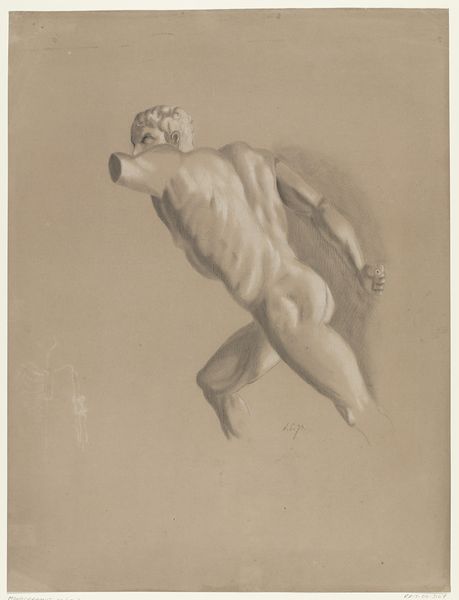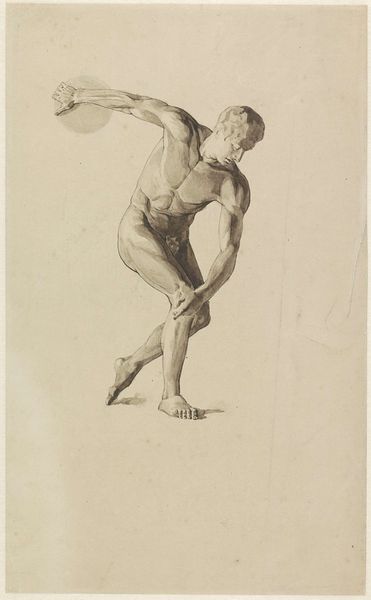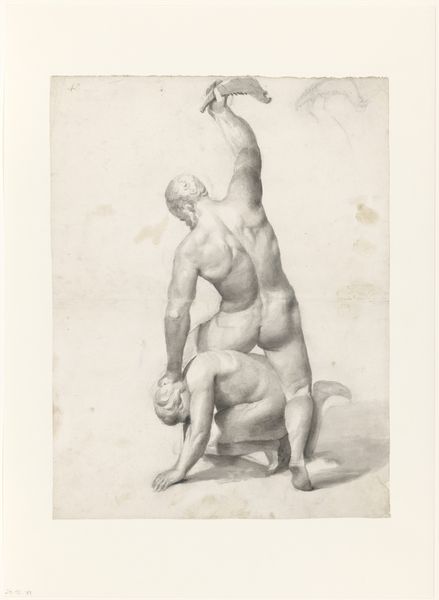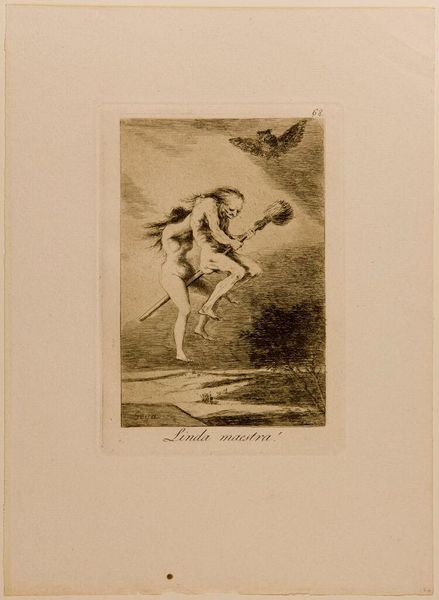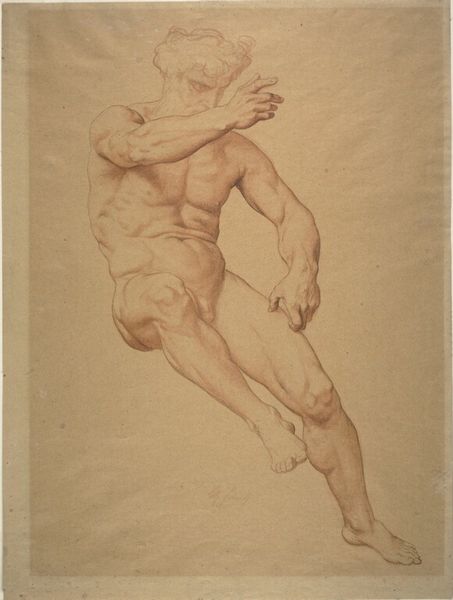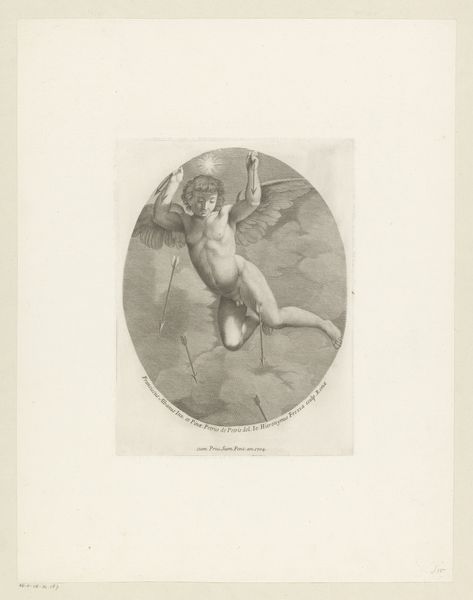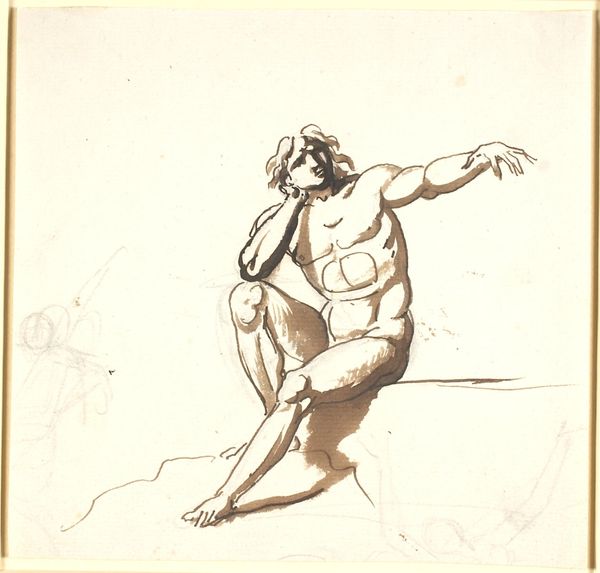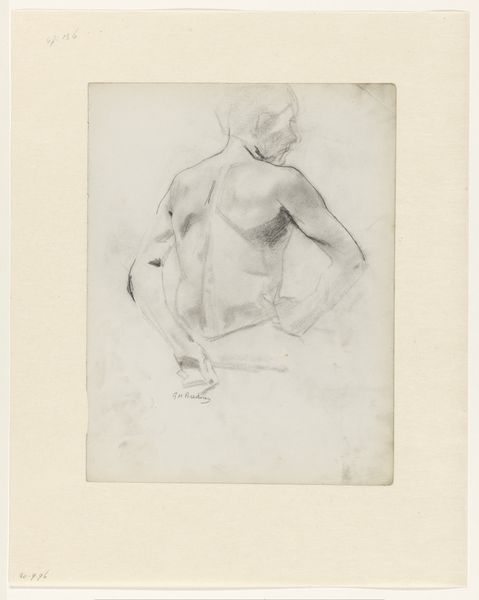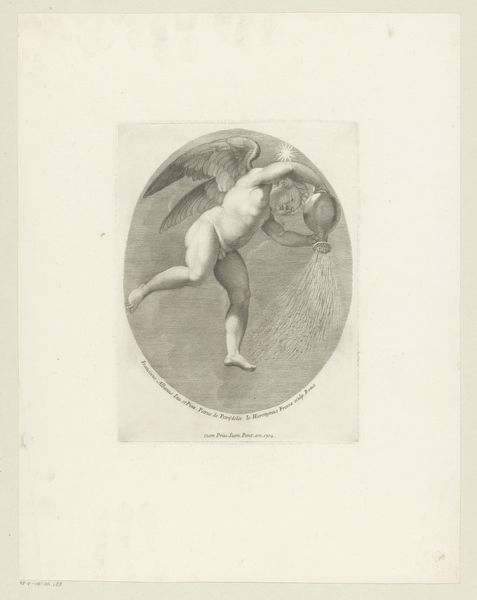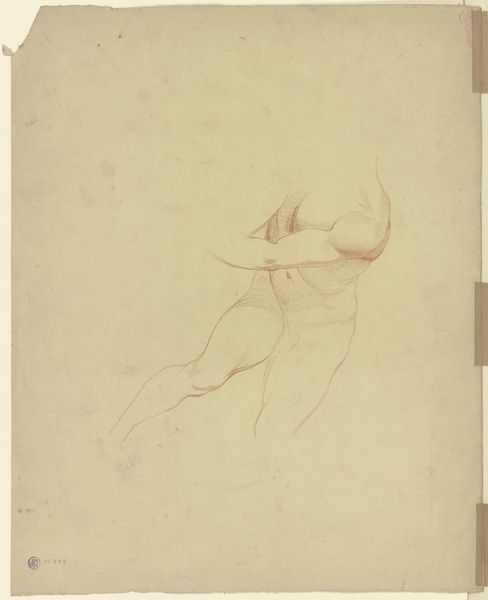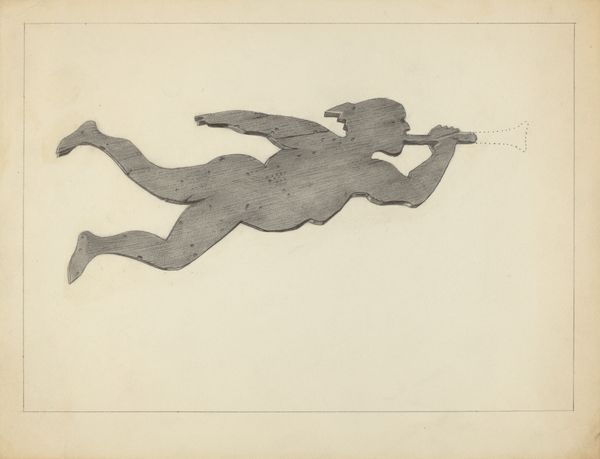
engraving
#
allegory
#
figuration
#
romanticism
#
line
#
history-painting
#
nude
#
engraving
Dimensions: height 310 mm, width 305 mm
Copyright: Rijks Museum: Open Domain
Editor: This is Roelof van der Meulen's 1824 engraving, "The Fall of Phaeton", which can be found at the Rijksmuseum. There's a dramatic, almost theatrical feel to it, don't you think? So much movement and classical reference. How would you interpret this work, given the allegorical and historical themes at play? Curator: Ah, Phaeton's tumble! For me, it's a glorious mess – a perfect illustration of ambition crashing headfirst into reality. Van der Meulen captures that split second between hubris and humiliation. The line work almost vibrates with energy, doesn't it? It feels very much like we are witnessing this tragedy of Icarus’s equivalent, of reaching for something out of our control and subsequently losing everything in the endeavor. Editor: Definitely, I see that sense of disastrous momentum. The nude figure really draws you in, even with the other figures whirling around him. Is the nudity important here? Curator: Absolutely. It's vulnerable, raw. He's stripped bare, not just literally, but of all his godly pretensions. We see the naked truth of his failure. Remember, engravings like this circulated widely – imagine people contemplating this cautionary tale in their own homes. Does it make you think of other engravings from this period that convey a similar cautionary fable? Editor: Not immediately, though that is definitely a goal to work towards in terms of the capacity to compare art. Looking again, though, there’s a clear warning embedded, a real “don't fly too close to the sun” moral at its core. Curator: Exactly! Art often whispers lessons in the guise of beauty or tragedy, doesn't it? Now, I see a certain modern quality. Does that influence the interpretation? Editor: Yes, the themes of failure still resonate. I will be sure to look more into how “The Fall of Phaeton” functions as a fable within artistic, societal, and cultural spaces.
Comments
No comments
Be the first to comment and join the conversation on the ultimate creative platform.
